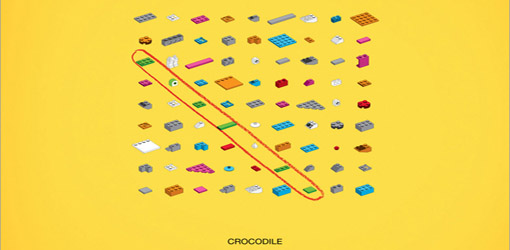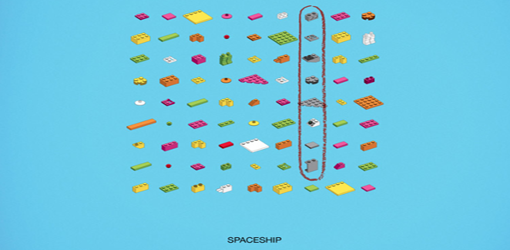You, Me, and Everything We Know
Posted on October 7, 2011 | posted by:
“If you understand something in only one way, then you don’t really understand it at all. The secret of what anything means to us depends on how we’ve connected it to all other things we know.” – AI researcher Marvin Minsky
Taking time to appreciate the subtleties of life’s experiences and understanding how they connect to the greater system becomes imperative in the processes of design thinking. It’s within these moments that we need to be critical to recognize meaning and value in relation to the context. Since an early age, I have always documented, drawn, and photographed everything around me. Some might call it obsessive, redundant and a waste of time- I beg to differ. Why would anyone risk forgetting pivotal or influential moments of his or her life? After all, we only get one shot! Recording information and the influences that surround us is essential, as it allows one to go back in time and remember those things that stood out from the rest. This can spawn new and relevant ideas. John Thackara, author of In the Bubble, alludes to this when he states, “design connections between you and new people, knowledge, and disciplines.” He illustrates the need to become seekers of information, as this inquisitive inquiry strengthens our understanding of the interconnectedness between objects and people.
Actively seeking connections between things is important but where and how you store valuable information becomes crucial when thinking long term. Stored information needs to accessible and somewhat organized in order to reference it again. One medium which will always be a favorite of mine is the good old-fashioned pen and paper or cutouts and glue. However, in a world of constant streams of digital information the use of folders and bookmarks has become the most efficient way of storing online information quickly. Currently, I have over 50 folders of different categories, which consist of hundreds of different links to various tumblrs blogs, journal articles, etc. Creating folders of collected ideas has allowed me to control inflows of information by quantity and the type of data that I wish to store and reference when needed. The trick is to be selective and to learn how to filter information, as one could sit for hours and days on end just consuming the vast quantities of information out there. The beauty of digital storage systems is the ability to regulate and to delete when necessary.

As design thinkers, we need to train ourselves to become hyper sensitive to the value within information and where it connects to systems. Donella Meadows, author of Thinking in Systems, highlights the importance of “flows” of information and their relationships within nonlinear systems. It has become more obvious that living within a world of systems of continuous outflows and inflows of information, requires a transdisciplinary approach in order to understand different values and perspectives. Fortunately, design is shifting focus from the single designer to a collective group of participants working together to solve problems. When cross-disciplinary teams start to share and build on each other’s ideas within the design process, unexpected patterns, gaps and connections are discovered. It is through the act of communicating and connecting shared experiences that allows for design opportunities and new conversations to reveal themselves.
The notion of connecting and combining ideas has been an applied method for centuries. All of our ideas spawn from one another and in turn we become a product of our time. Whether we are directly aware of it or not, everyone and everything around us is constantly influencing our creative process. We don’t have to travel very far to get a glimpse of another culture or to see things in a different perspective. New York generously provides a web of influences and the perfect platform for recording diverse ideas and interconnected information. To be an agent of change, for me, is to notice the value and meaning within cross-disciplinary teams and to recognize patterns and record information faithfully in order to stimulate new ideas. The process of design thinking requires more then collaborative teams or being aware of interconnected ideas, but the skill to understand the process of elimination and the ability to distinguishing the trivial from the noteworthy. To design connections between people and objects is a learned skill, it requires time, experience and mindfulness. The only way to make more connections is to continue documenting and to keep searching for new models, perspectives and ways to live alternatively.